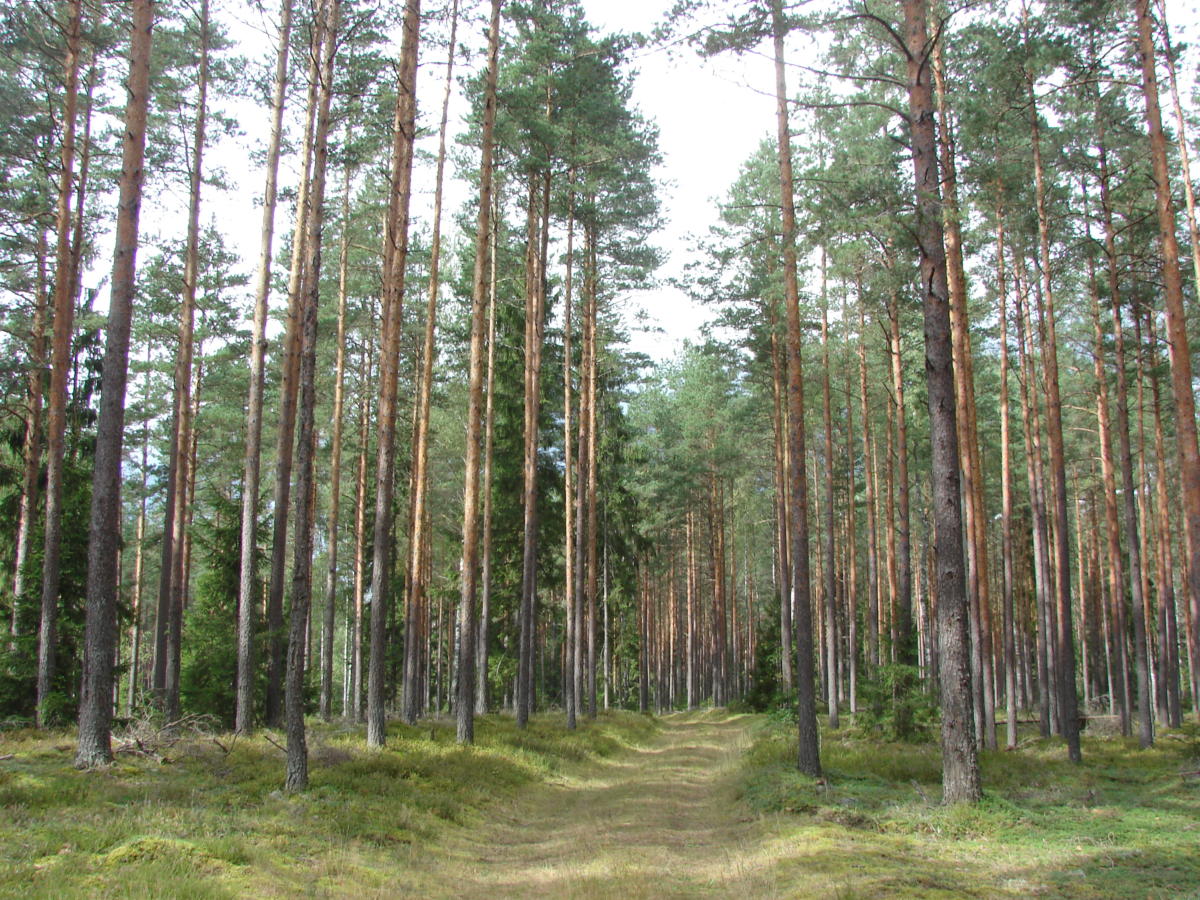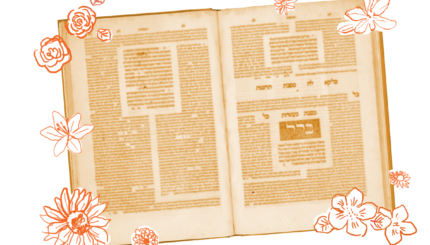It is often explained that on Rosh Hashanah, the birthday of creation, we celebrate God’s renewal of the world. The natural order, the planets, the waters, the trees, animals – from giant whales to tiny microbes. We start the year with great hope. Each renewal of our lease here on Earth marks the passing of time. We are all still here, and we’re conscious that it could have been otherwise. We are in fact all too painfully aware that some are no longer with us in this realm. On Rosh Hashanah, we take stock, express gratitude, make new promises, and build hope for the next year.
But with this conception of Rosh Hashanah, we must be curious why just ten days later, on Yom Kippur, we have already been judged afresh. “Behold, the day of judgment is upon us! Even the angels are dismayed.” Would it not have made more sense to have the judgment first (Yom Kippur) and then to afterward celebrate the renewal of creation (or at least whatever aspect of it that has survived its judgment)? The ten days between the two holidays, the Ten Days of Repentance, give us an inkling of what it might be like to be an NBA player brought to a new team on a 10-day contract. “Play hard. Do your best. We’ll let you know in 10 days if you’ll be back. If you want to be back: DON’T mess up.”
Was this the intention?
Perhaps, but there is another way of looking at the order of Rosh Hashanah and Yom Kippur worth considering:
On Rosh Hashanah, like the secular New Year of January first, we begin the new year with introspection. We look back, evaluate, and make plans for the coming year. Some recalibration involves modest goals- I’ll lose five pounds by Thanksgiving. Other plans we make are more involved – I will make more time to volunteer in my community by launching a new initiative. As we mark the transition from one year to another, we extend this self-evaluation to take stock of how our loved ones are faring, how our communities are doing and even consider the goings on in our country, and the world at large. We are keen observers of our imperfections, and in our most hopeful moments of Rosh Hashanah, we quickly turn those observations into action plans for what we need to fix, starting with ourselves, and extending outwards. Our best plans grow from the priorities we fashion from real concerns.
On Yom Kippur, ten days after we have identified and started in on our planning for a better next chapter, we are judged for the hasty choices we made on Rosh Hashanah. The ten days between the start of the year and Yom Kippur constitute a ‘cooling off period.’ Maybe I identified all the right problems, maybe not. Perhaps I was too ambitious; in my enthusiasm, I was not realistic. Perhaps, I was too easy on myself? Maybe I considered my side of the equation but not the perspective of others? Should I have thought more globally, more politically? Did I choose my priorities correctly?
Rosh Hashanah is given to us in support of our natural inclination to dream about how next year can be better than the last. Yom Kippur comes along 10 days later so we can evaluate if we’ve made the right commitments. It is a blessing and a divine kindness that we’re given this chance to “proofread” our new promises. Let’s embrace God’s grace inherent in the ordering of these holy days.
(photo attribution: By M.Strīķis)




